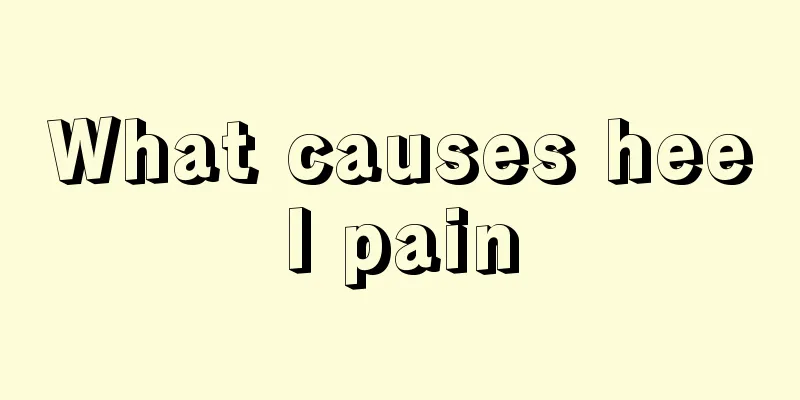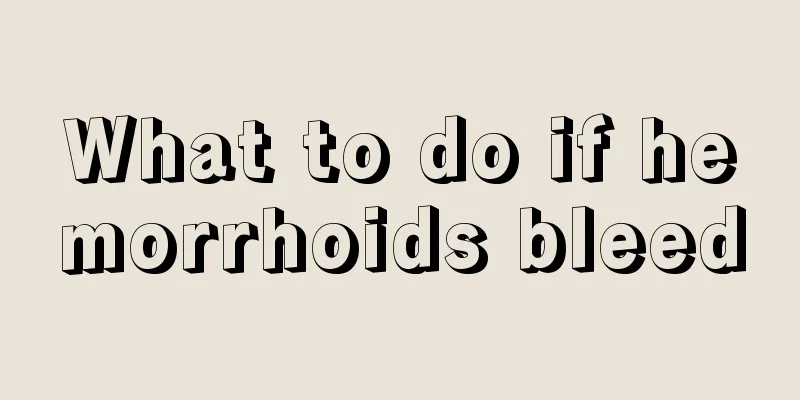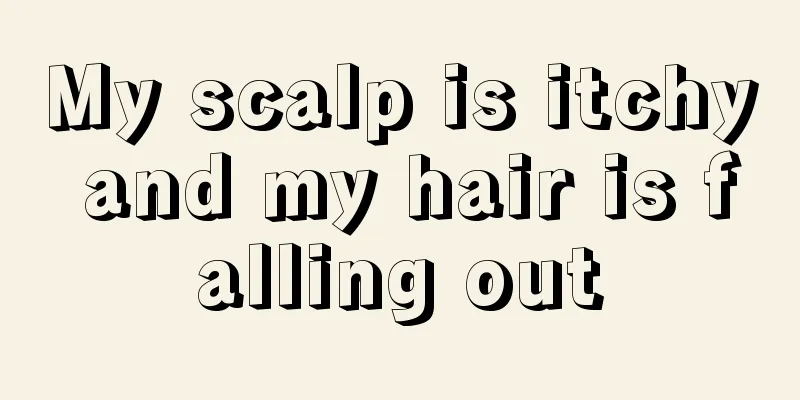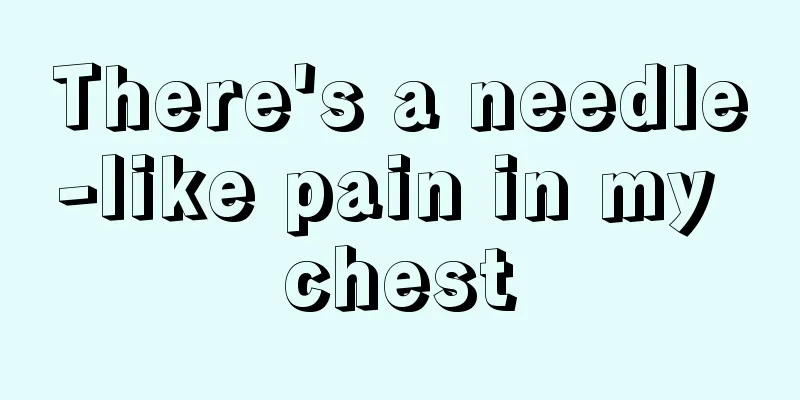What causes heel pain

|
Many middle-aged and elderly people experience soreness, swelling, or stabbing pain in the heels when walking or standing, and the pain and itching are unbearable. This is heel pain. The main causes of heel pain are aseptic inflammation of the heel soft tissue caused by obesity, excessive standing fatigue, trauma, bone spurs, etc. If left untreated for a long time, it will slowly develop into Achilles tendonitis, etc. Let’s look at the following symptoms and treatments, hoping to alleviate the condition and achieve therapeutic effects. Heel pain is often related to the following diseases: 1. Plantar fasciitis: The plantar fasciitis has the function of maintaining a normal arch, buffering shock, and enhancing jumping ability. Long-term walking and excessive weight-bearing can cause strain of the aponeurosis, leading to local aseptic inflammation and pain symptoms, which are often concentrated at the starting point of the calcaneal tuberosity aponeurosis. 2. Plantar fasciitis: It is caused by excessive pressure on the plantar fascia. The plantar fascia starts from the heel and ends at the forefoot. It is a fibrous tissue that runs through the sole of the foot. Plantar fasciitis may also cause heel pain, arch pain, and heel spurs. People with plantar fasciitis usually injure the medial side of the foot (the part between the heel bone and the arch of the foot). People with plantar fasciitis usually experience pain with their first step out of bed in the morning or after a long rest. 3. Heel pain: often occurs in the elderly. The heel pad is an elastic cushion formed by fibrous tissue, fat tissue and elastic fibers under the calcaneus. In youth, the heel pad is very elastic and can absorb vibrations. When people get old, the elasticity of the heel pad decreases, and the calcaneus bears the body weight without padding. In severe cases, scars and calcium deposits may form, causing heel pain. Heel pad pain is different from plantar fasciitis in that there is tenderness all under the heel. 4. Achilles tendon peritendinitis: The tissue around the tendon at the attachment site of the Achilles tendon becomes inflamed due to trauma or strain, causing swelling and pain in the Achilles tendon. The patient's Achilles tendon is enlarged and tender. 5. Achilles tendonitis: This is caused by excessive pressure on the calf gastrocnemius muscle and Achilles tendon during exercise, such as playing basketball. In addition, a sudden increase in the intensity or frequency of exercise can often cause Achilles tendonitis. If treated promptly, recovery time from Achilles tendinitis is generally short. But if left untreated, Achilles tendinitis may cause persistent pain or lead to a rupture of the Achilles tendon. If this happens, surgery may be necessary to repair the damage. 6. Retrocalcaneal bursitis: This is most likely to occur in the bursa between the Achilles tendon and the skin, caused by friction damage from inappropriate high-heeled leather shoes. The bursa wall may become thickened, the bursa may be filled with synovial fluid, and there may be local swelling and tenderness. 7. Calcaneus spur: more common in elderly patients. X-rays show that calcaneal tuberosity has spurs of varying sizes. Bone spurs are not the direct cause of pain, but the raised bone spurs can more easily cause friction and strain on local tissues, resulting in aseptic inflammation. The degree of heel pain is related to the severity of the local inflammatory response, and has no direct relationship with the size of the bone spurs. Not all heel pain is caused by heel spurs, but heel spurs will definitely cause heel pain. In addition to the above common diseases, calcaneal fractures may also cause heel pain, so everyone should seek medical attention immediately after experiencing heel pain symptoms, and then receive symptomatic treatment after finding out the cause. In addition, women may also experience heel pain during pregnancy, which is related to weight gain. Just pay more attention to rest and choose comfortable shoes. However, it is particularly important to emphasize that there is no absolute relationship between the occurrence of bone spurs and heel pain. Many people with bone spurs do not have any symptoms. The above patients used to receive local steroid injections and oral non-carrier anti-inflammatory drugs, which can relieve their symptoms. However, the symptoms recur and there may be potential side effects. Current treatment mainly focuses on changing walking posture, adjusting shoes, and functional exercises. Among them, functional exercise is very important as a basic treatment. From the perspective of traditional Chinese medicine, it can be applied externally with plasters directly on the affected area. The medicinal power penetrates into the skin and is transmitted to the meridians and internal organs. It can quickly warm the meridians and dredge blood vessels, promote blood circulation and remove blood stasis, reduce swelling and relieve pain, strengthen muscles and bones, stimulate nerve endings, dilate blood vessels, promote local blood circulation, improve the nutrition of surrounding tissues, and achieve the purpose of reducing swelling, inflammation and analgesia. The treatment of heel pain is generally physical therapy, foot bath with medicine, etc. In case of severe pain, oral non-steroidal anti-inflammatory drugs can be used for treatment. If the general treatment method is ineffective, closed treatment can be used. In case of kidney deficiency, Chinese medicine such as kidney tonification is needed. Although heel pain is not a serious disease, it brings certain inconveniences to life and work. Let's try the above method and persist in treatment, which should have a certain effect. Let us maintain good living habits, avoid overwork, avoid standing for long periods of time, maintain a good attitude, and wear suitable cloth shoes, and the heel pain will slowly get better. |
<<: What are lung calcification points
>>: What is the reason for pain in the instep
Recommend
How to check uterine cancer for a virgin
If female friends suffer from uterine-related dis...
What to do if you have hamstring pain due to liver cancer
What should I do if I have hamstring pain due to ...
What are the exercises for asymmetrical nostrils
Women love beauty very much. If they find that th...
A few tips to relieve the pain of wind-swept shoulders
Because people wear less or no clothes properly, ...
Aloe Vera Gel for Red Blood Threads
The presence of red blood streaks has a great imp...
Prostate cancer usually starts with bone pain
Prostate cancer usually first causes bone pain, a...
What are the clinical manifestations of Kallmann syndrome?
Kallmann's syndrome is actually a form of hyp...
Treatment of limited-stage high-risk prostate cancer
one, We all know that clinically, prostate cancer...
Distal fibula fracture has sequelae
The fibula is the two longest bones in the human ...
The impact of unstable fetal heart rate on the fetus
When the fetus develops to a certain stage, pregn...
How to do moxibustion by yourself
The benefits of moxibustion can be traced back th...
What are the physical cooling methods for 6-month-old babies?
Babies are very prone to fever because they have ...
How to eliminate tear troughs?
Most people have tear troughs. For those who love...
How to analyze the efficacy of hyperthermia plus radiotherapy for esophageal cancer
Esophageal cancer is a common malignant tumor in ...
Chin augmentation surgery
Don’t worry if your chin is not good-looking. You...









